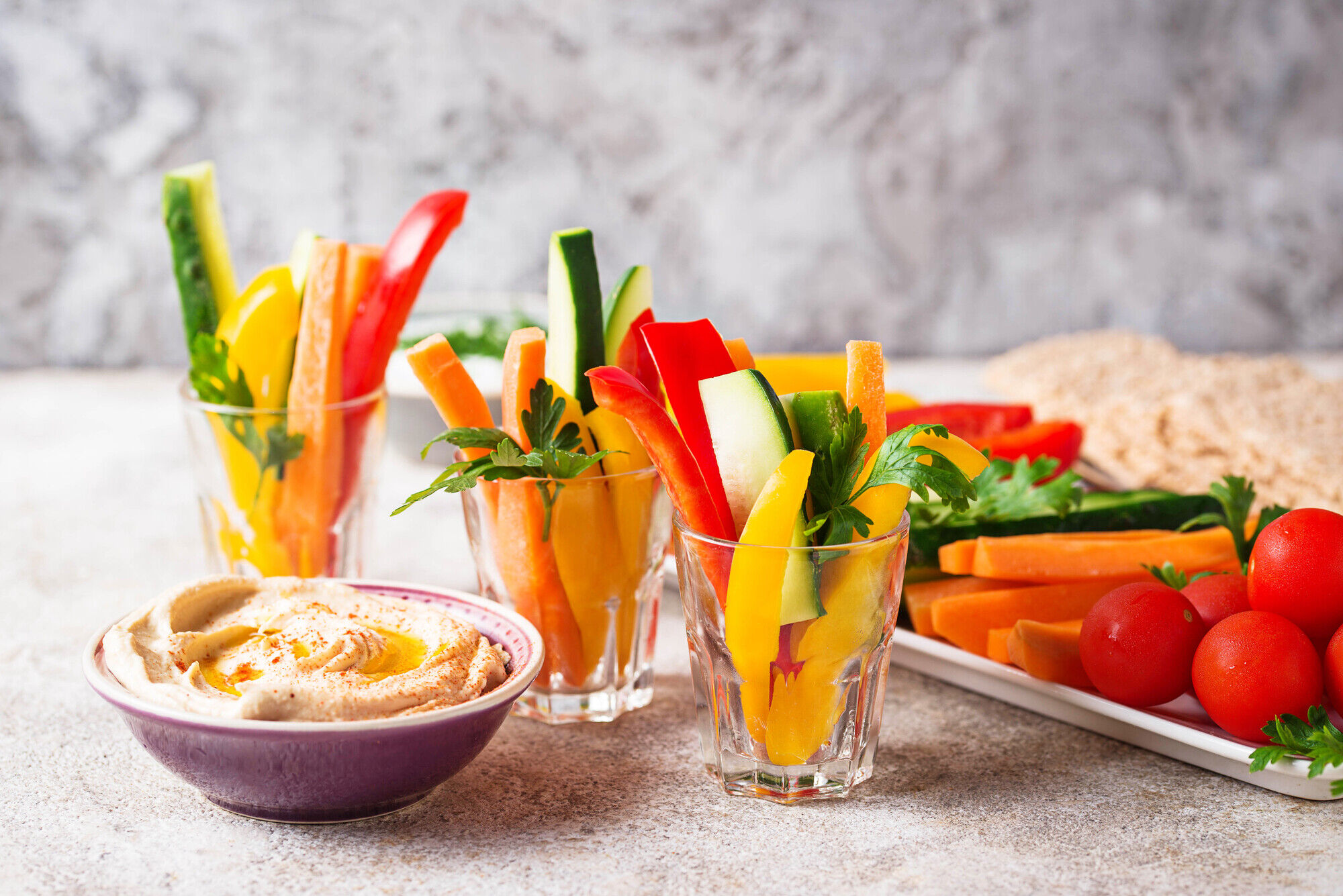When it comes to losing weight and feeling satisfied when we eat, understanding the density and volume of food is as important as the calories the food provides. Let’s explore what these terms mean and why they matter.
A calorie is the term for a unit of energy our bodies get from food. They aren’t all equal. This is because some offer more nutrients than others. Food and drink can be classified as high density or low density in two ways.
Nutrient density
Foods with a high nutrient density offer beneficial nutrients as well as the calories they provide. Conversely, foods with low nutrient density don’t offer many nutrients alongside calories. Nutrient dense foods contain macronutrients (complex carbs, lean protein and healthy fats) and micronutrients (vitamins and minerals).
Calorie (volume) density
Calorie dense foods have a high number of calories per volume of food. Whereas foods with low calorie density offer less calories per volume of food. Typically, calorie dense foods are high in fat, salt, sugar and simple carbs whereas low calorie density foods have a high water content and can be high in fibre or protein.
Foods can be a combination of these factors, for example:
- Cashew nuts are HIGH calorie density and HIGH nutrient density
- A croissant is HIGH calorie density and LOW nutrient density
- Broccoli is LOW calorie density and HIGH nutrient density
- Cheesy puffs are LOW calorie density and LOW nutrient density
Foods that are low calorie density and preferably high nutrient density are ideal if we want to lose weight. This is because we can eat them in greater volumes — they literally provide us with more bites per pound — helping us to feel satisfied, nourished and fuller for longer.
Gram for gram, foods have different energy and nutrients. Let’s look at 100 grams of carrots, cheddar, biscuits and popcorn. Remember that each food stuff has a different recommended serving size.
| Per 100g | Carrots | Cheddar | Digestive biscuits | Popcorn (plain, air popped) |
| Calories | 41 | 416 | 483 | 387 |
| Carbs | 6 | 0 | 64 | 78 |
| Proteins | 1 | 25 | 7 | 13 |
| Fats | 1 | 35 | 21 | 4 |
| Micronutrients | Vit A, beta carotenes, fibre, vit B | Calcium, phosphorus, vit A & B12, zinc | Minimal fibre | High fibre, potassium |
| Cals per recommended serving size | 31 (75g) | 124 (30g) | 152 (2 biscuits) | 62 (16g) |
| Density | Low cal, high nutrient | High cal, high nutrient | High cal, low nutrient | Low cal, low nutrient |
We can see from the table above that 100 calories of:
- carrots or popcorn would be more than a serving size
- cheddar or biscuits would be less than a serving size
By understanding food volume and density, we can make choices that will nourish and satisfy us and fill us up. Eating a combination of food types — including high calorie density foods used in moderation — will mean our diets are balanced, tasty and varied.



